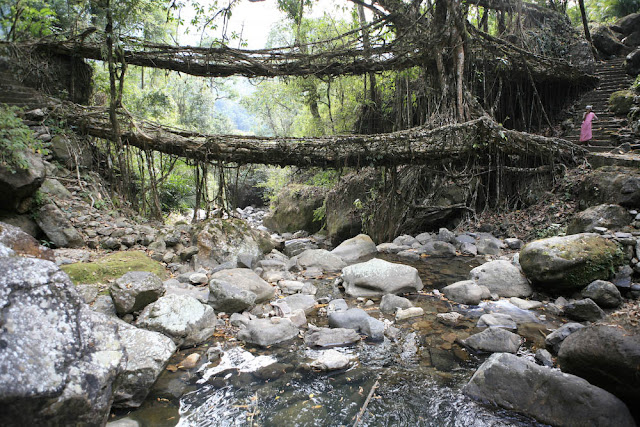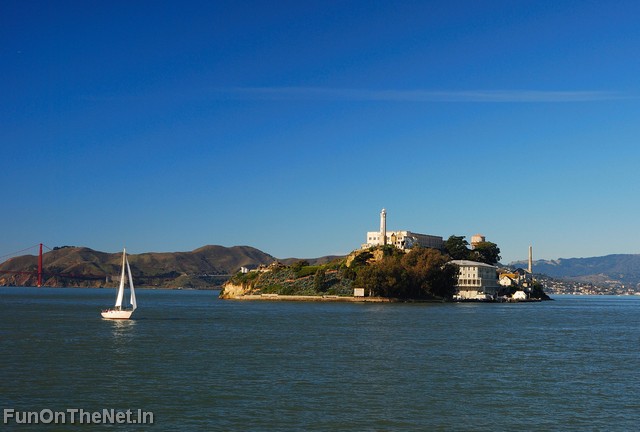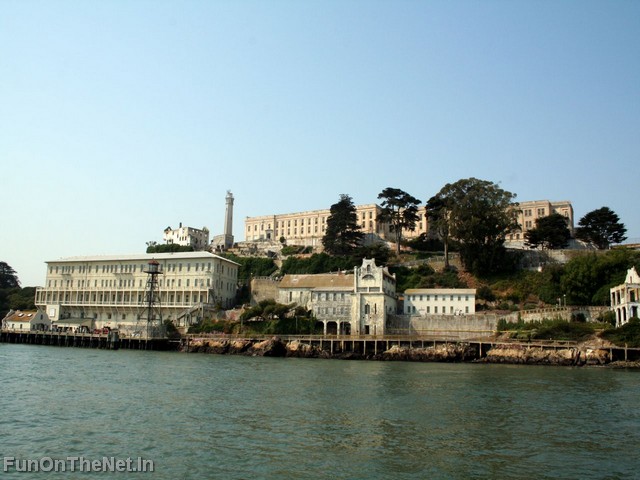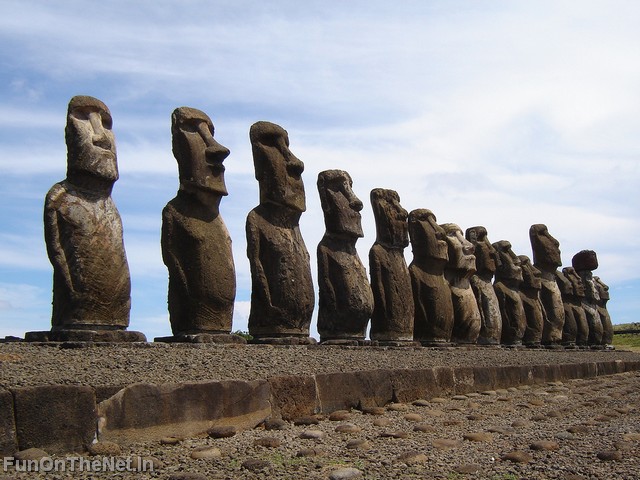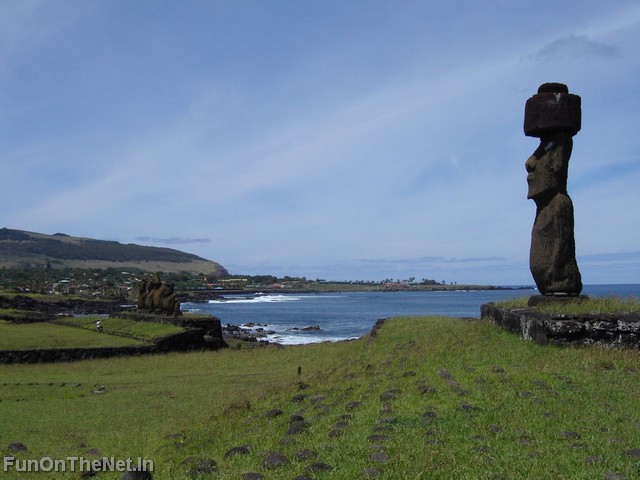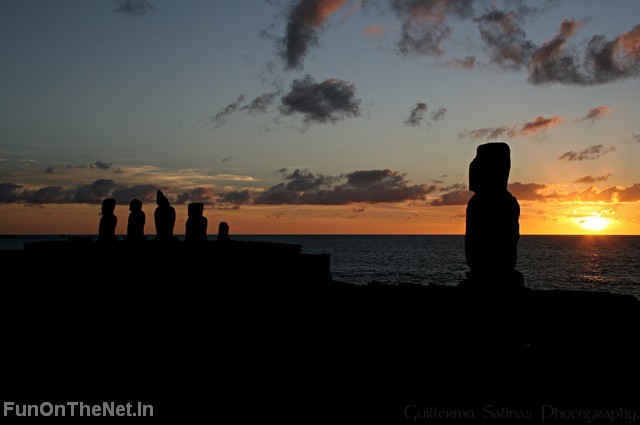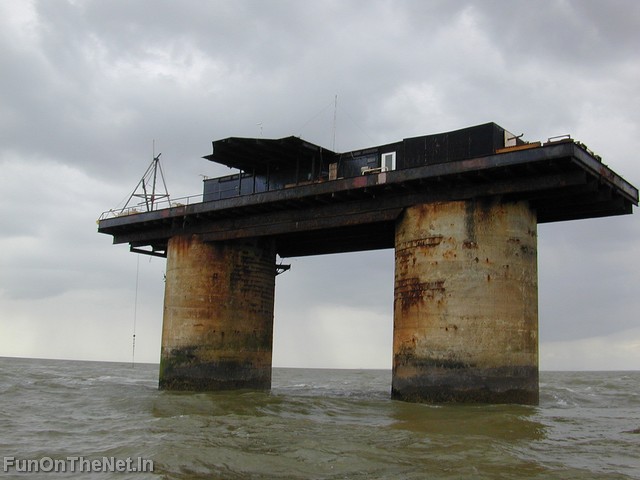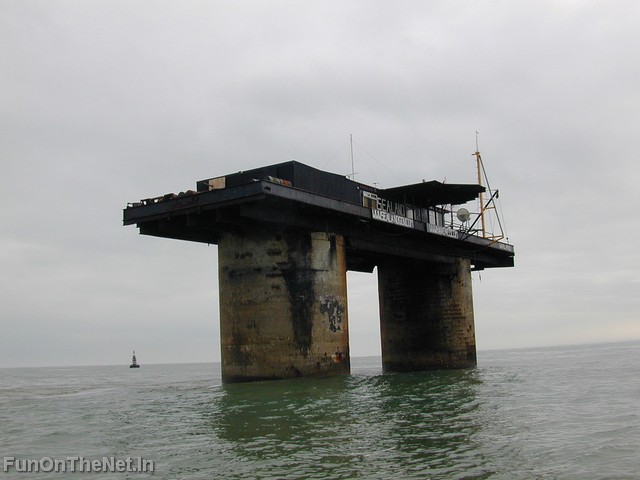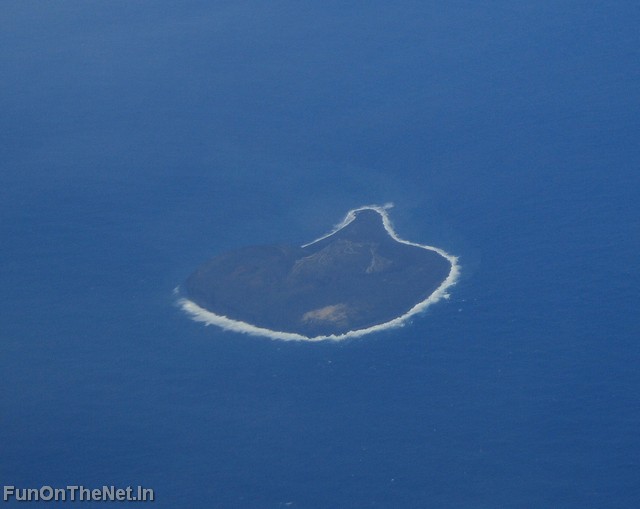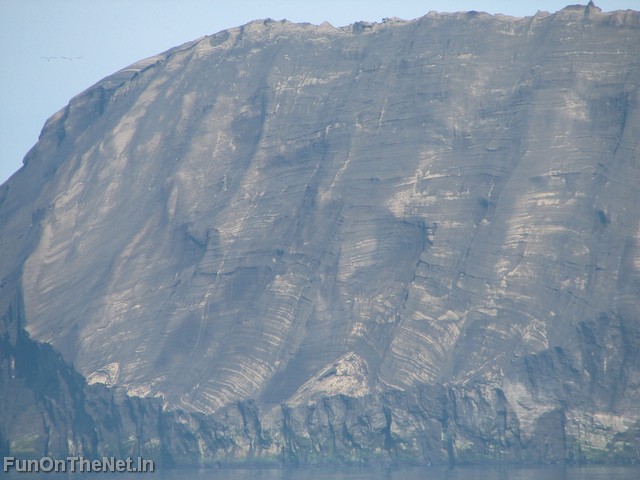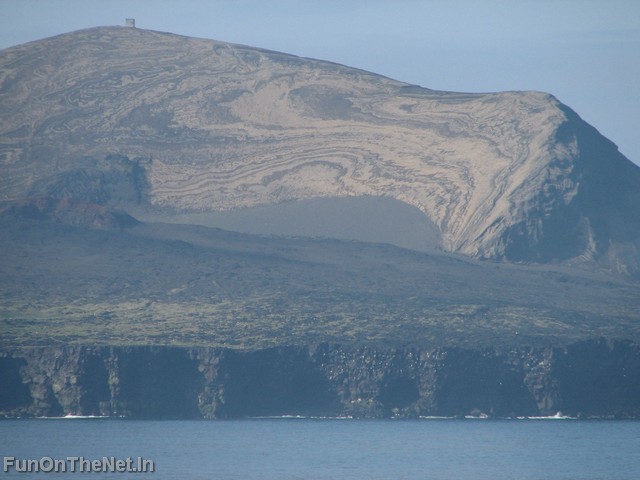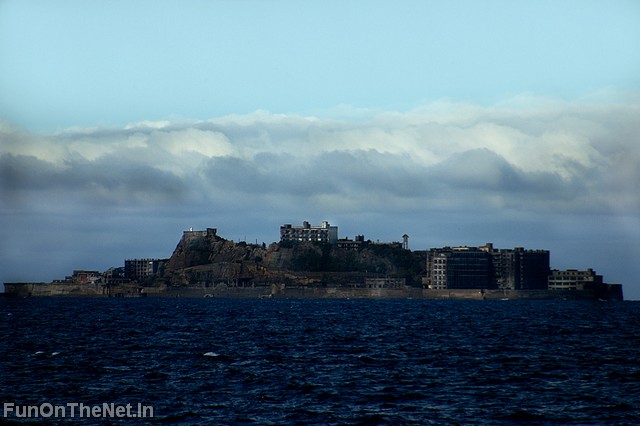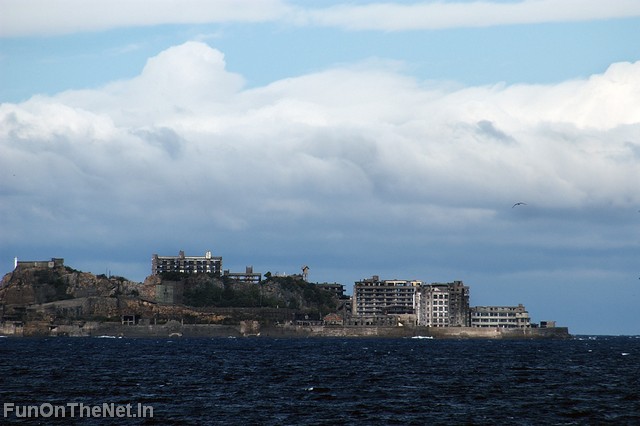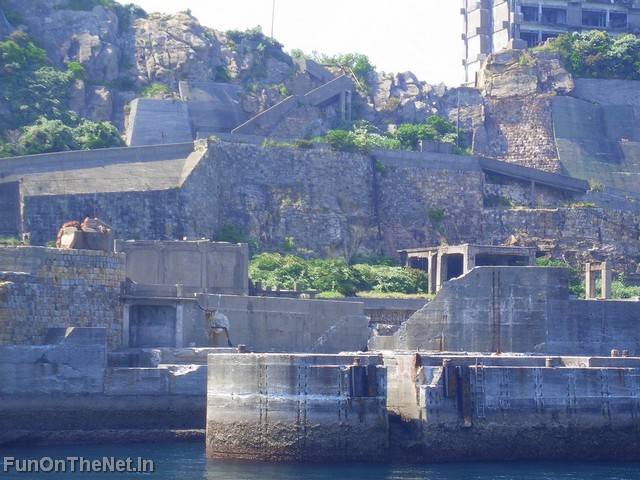Tour the World : New York City
New York City reigns as the ultimate tourist destination. In a single day, you can visit the place where George Washington was inaugurated as the first U.S. president, attend a performance of the world famous New York City Ballet and escape the city’s chaos with a walk through Central Park. 
Tour in Taj Mahal
An icon of India, Agra's Taj Mahal was built by the Mughal Emperor Shah Jahan, who created the mausoleum in honor of his beloved wife Mumtaz Mahal. Since then, it has survived the rise and fall of empires and remains one of India’s most popular destinations. 
Miami
Miami really has it all: a tropical climate, a glamorous, diverse population — and it was ranked one of the cleanest cities in America by Forbes magazine in 2008. Another interesting fact: Miami is one of the few major U.S. cities founded by a woman, Julia Tuttle. 
São Paulo
Emperor Pedro I declared Brazil's independence from Portugal in the city of São Paolo in 1822. Since then, the city’s population has grown to more than 18 million, and includes one of the world’s largest Japanese communities outside of Japan. 
Grand Canyon
With more than 5 million visitors each year, this World Heritage Site in Arizona is home to several major ecosystems, but only seven land crossings of the Colorado River for 750 miles. Navajo Bridge, above, is one of them. 
Boston
The Puritans called it their “shining city on a hill.” Today, it’s known to many as the “Athens of America.” A city of firsts, Boston is home to the nation’s first public library, one of its first universities and its first subway system — not to mention Fenway Park. 
Dubai, United Arab Emirates
Air-conditioned beaches, sailboat-silhouette d skyscrapers and islands shaped like palm trees: If you can imagine it, Dubai likely has it — or is building it. The Dubai Marina is the second largest man-made marina in the world, but it's working toward becoming its largest. 
Provence
This carpet of purple finery provides more than just a pretty landscape. Lavender is used for cooking, cleaning, healing and a host of other things. You don’t have to travel to France to find world-class herbs; you can grow them in your own back yard. Still, it’s no wonder that celebrities, monarchs, epicures and plain old tourists flock to this part of France like moths to a light. 
Death Valley
These majestic waves of sand span an area in California and Nevada known to have the lowest elevation in North America. But Death Valley is more than just desert and heat — it’s also home to the Devil’s Hole pupfish, a tiny fish that can be found only in a 92 degree Fahrenheit pool in this park. 
London
The Tower Bridge is just one sight in a city full of attractions. This famous structure is a combination drawbridge, suspension bridge and museum. The bridge is raised around 1,000 times per year and was designed to match the Tower of London. 
Victoria, British Columbia
Victoria sits on the southern tip of the largest island off the Pacific Coast of North America. In a city known as the "City of Gardens," Butchart Gardens, above, is its crown jewel. You might be surprised to know that this world-class botanical garden is an exhausted limestone quarry. 
Egypt
These massive statues guard the gates of the Luxor Temple, a tribute to Amon, king of the Egyptian gods. Egypt is home to one of the world’s oldest continuous civilizations, and evidence of this long history can be found throughout its lands. 
Bavaria
Bavarian King Ludwig II would come to be known as the “Fairy Tale King” for building this ornate castle, which has since become one of Germany’s most popular tourist attractions. From high on its perch, the castle overlooks a part of Germany famous for its castles, mountains, forests — and beer. 
Turkey
The name of this place — Travertine Pools — means “cotton castle” in Turkish. The pools are made of travertine, a kind of limestone deposited by evaporating water from the hot springs, and visitors have been coming to soak in them since at least 200 BC. 
Spain
Legend has it that visitors should ring the bell and make a wish at the top of this 237-step climb. The Knights Templar are credited with building the small hermitage that sits at the top of these stairs, which overlook a section of the Basque Country’s rough, rocky coastline. 
New Zealand
Astonishing beauty is one hallmark of New Zealand, and Milford Sound is no exception. You’re looking at one of the most remote areas of one of the most remote nations in the world. Notably, this country is a nuclear-free zone — no nuclear-powered or nuclear-armed ships may dock in its ports. 
Thailand
Thailand is home to Buddhist temples, coral reefs and floating markets. King Rama IV ordered the construction of a 32-kilometer- long canal in 1866, which later became home to the famous Damnoen Saduak floating market. Foodies claim it’s the place to find the freshest produce around. 
Alaska
Minerals stain the mountains with rainbow hues here in the Polychrome Pass in Denali National Park. Home to the highest mountain in North America, the park spans an area larger than Massachusetts. Much of it is inaccessible by road, so park rangers use dogsleds to patrol its wilds during the winter months. 







